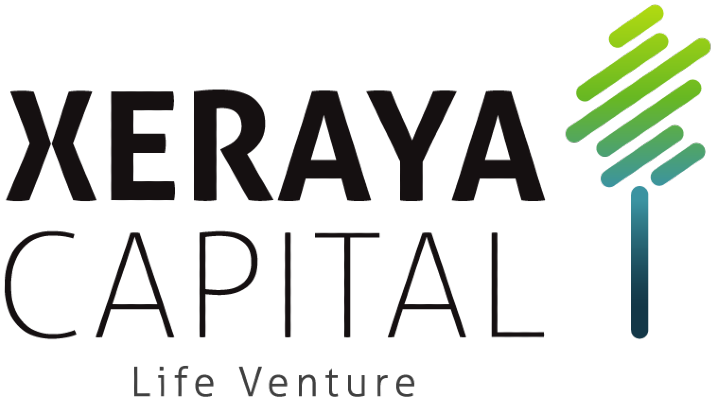
Introduction: The High-Stakes Journey of MedTech Innovation
Medical device startups are at the forefront of transforming patient care, diagnostics, and surgical technologies. However, behind every breakthrough device lies a long and capital-intensive journey, from prototyping and regulatory compliance to scaling and commercialization. According to recent reports, the global MedTech sector is rapidly converging with digital health, demanding even more strategic funding approaches. Yet many innovators face hurdles in raising funds due to strict regulations, long product timelines, and the need for clinical validation. To succeed, startups must understand the funding lifecycle, recognize investor expectations, and navigate market entry barriers.
This guide explores the key stages of fundraising, the evolving investor landscape, and how strategic partners help shape MedTech success.
Tips to Start a Medical Device Startup Company
Launching a medical device startup is complex and requires more than a good idea. Founders must navigate technical, clinical, and regulatory requirements early on to set a solid foundation. Here are key tips for getting started:
- Define a Clear Problem Statement
Successful startups focus on solving a specific, validated problem in healthcare. Begin with a clinical need and ensure it is supported by real-world evidence or feedback from healthcare professionals.
- Understand the Regulatory Landscape Early
Before developing your prototype, study the regulatory requirements of your target market, such as FDA, CE marking, or Malaysian MDA regulations. Early understanding helps avoid costly redesigns later.
- Build a Cross-Functional Team
Recruit talent across areas such as biomedical engineering, regulatory affairs, business development, and clinical research. Diverse expertise leads to better decision-making and product development.
- Plan for Clinical Evaluation
Medical devices typically require clinical data to demonstrate safety and efficacy. Design your device with this evaluation in mind and consult with clinical advisors early.
- Protect Your Intellectual Property (IP)
Securing patents and trademarks gives you a competitive edge and increases your appeal to investors. Work with legal experts to file your IP as early as possible.
- Develop a Quality Management System (QMS)
A QMS ensures that your processes comply with regulatory standards such as ISO 13485. This is crucial for product approval and future scalability.
- Start Building Relationships with Notified Bodies
Engage early with regulatory consultants and notified bodies that will assess your device. Their feedback can influence design, testing, and documentation strategies.
Laying a strong foundation at the startup stage improves your chances of securing funding and achieving long-term success.
The MedTech Funding Lifecycle: From Seed to Scale
Understanding each stage of funding helps startups prepare and position themselves for the right investor at the right time:
| Funding Stage | Key Objective | Typical Investors | Use of Funds |
| Pre-Seed | Idea validation, early R&D | Angel investors, accelerators | Concept testing, hiring initial team, IP development |
| Seed | Product development, prototype creation | Angel networks, early-stage VCs | MVP development, pre-clinical testing, market research |
| Series A | Regulatory prep, early market access | VC firms with MedTech expertise | Clinical trials, compliance, initial manufacturing |
| Series B | Market expansion, scaling operations | Institutional VCs, strategic funds | Team expansion, regulatory approvals, early commercialization |
| Series C+ | Global reach, acquisitions, exit planning | PE firms, late-stage investors | International expansion, partnerships, IPO prep |
Each phase has distinct requirements. Investors at later stages expect proof of traction, a de-risked product, and a scalable business model.

What Investors Look for in a Medical Device Startup
Investors are becoming increasingly selective. Here’s what most MedTech investors evaluate before funding a device startup:
- Regulatory Pathway Clarity
Startups must demonstrate understanding of regulatory approvals (FDA, CE, MDA in Malaysia) and timelines. - Strong Clinical Evidence
Investors favor startups that show clinical trial readiness, published data, or partnerships with hospitals. - Experienced, Cross-Functional Teams
Founders with experience in healthcare, tech, and business have better success navigating the complex MedTech landscape. - Protectable IP and Differentiation
Strong patents and a unique value proposition are essential in a crowded and competitive market. - Market Opportunity and Scalability
Investors are drawn to startups solving significant problems with potential for global expansion. - Exit Strategy Alignment
Clear plans for acquisition or IPO increase investor confidence in return on investment.
These factors help reduce risk and demonstrate that the startup is prepared for long-term growth.
Preparing for Investor Engagement
When seeking funding, preparation is everything. Investors in the MedTech space want to see more than a pitch, they expect evidence of planning, regulatory insight, and a well-articulated growth path. Here are steps to prepare for investor engagement:
- Refine Your Value Proposition
Be clear about how your device solves a specific clinical need, what makes it different, and why now is the right time to invest. Emphasize patient outcomes, cost savings, or system efficiency.
- Build a Data-Backed Pitch Deck
Include technical performance, early clinical data, target market size, reimbursement strategies, and IP status. Investors want validation and a realistic pathway to commercialization.
- Show Regulatory and Clinical Planning
Outline your device classification, approval strategy (FDA, CE, MDA), and clinical trial roadmap. Demonstrating preparedness for regulatory compliance boosts investor confidence.
- Highlight a Scalable Business Model
Show how you will move from prototype to revenue. Include manufacturing, distribution channels, pricing models, and reimbursement strategies.
- Anticipate Due Diligence Questions
Be ready to discuss competitor analysis, financial projections, team background, risk factors, and contingency plans. Transparency builds trust.
- Ask with Justification
Clearly define how much funding you are seeking, how it will be allocated (e.g., clinical trials, manufacturing, hiring), and the expected outcomes.
- Establish Milestones and Timeline
Present a timeline with key development, regulatory, and commercialization milestones. Milestone-driven planning helps investors assess progress and ROI potential.
Well-prepared startups stand out in investor meetings, increase their chances of securing capital, and attract long-term strategic partners.
Facing the Funding Gauntlet: Challenges in Medical Device Financing
Medical device startups often face more financial hurdles than software or consumer tech startups due to strict regulations and long development cycles. Below are common challenges:
- Lengthy Time to Revenue
Devices often require years before hitting the market, delaying returns for investors. - Regulatory Costs and Uncertainty
Compliance with FDA, CE, or local health authorities adds significant cost and risk, especially in early stages. - Complex Clinical Validation
Securing hospital access for trials and obtaining real-world data requires time, capital, and partnerships. - Talent Acquisition
Building a team with medical, engineering, and regulatory expertise is costly and competitive. - Limited Local Investment
In some regions, like Southeast Asia, there are fewer MedTech-focused VCs with the technical know-how to support early growth.
Xeraya Capital recognizes these challenges and supports MedTech startups through both funding and strategic mentorship. With deep expertise in life sciences and healthcare innovation, we help founders overcome commercialization barriers and scale their impact across markets. Our approach blends capital with connections, regulatory insight, and a long-term commitment to the healthtech ecosystem.

Top Funding Trends Shaping the Future of Medical Devices
The medical device landscape is evolving. Startups should align with the latest funding and innovation trends to stand out:
- Convergence with Digital Health
Devices are increasingly paired with software and data tools for real-time monitoring and analysis. - Focus on Wearables and Remote Monitoring
Investors are backing startups that reduce hospital dependency and empower at-home care. - Value-Based Healthcare Models
Devices that improve patient outcomes and reduce treatment costs attract interest from both VCs and healthcare providers. - Decentralized Trials and AI Integration
Use of AI for trial design and patient recruitment makes trials faster and more cost-efficient. - Geographical Expansion into Southeast Asia
Startups entering markets like Malaysia benefit from growing government support, especially through Industry 4.0 initiatives and MedTech grants.
By positioning themselves within these trends, startups increase their chances of securing funding and building sustainable innovation.
Summary: Navigating the MedTech Funding Landscape with Confidence
Securing funding for medical device startups requires more than just a pitch deck. It demands a deep understanding of regulations, investor expectations, and global market needs. With clearly defined development stages, a strong clinical foundation, and alignment with emerging trends, founders can build trust and attract long-term investors. To find out more about what we do to back visionary MedTech ventures, check out our portfolio. Our work continues to empower startups solving the toughest healthcare challenges, one device at a time.




